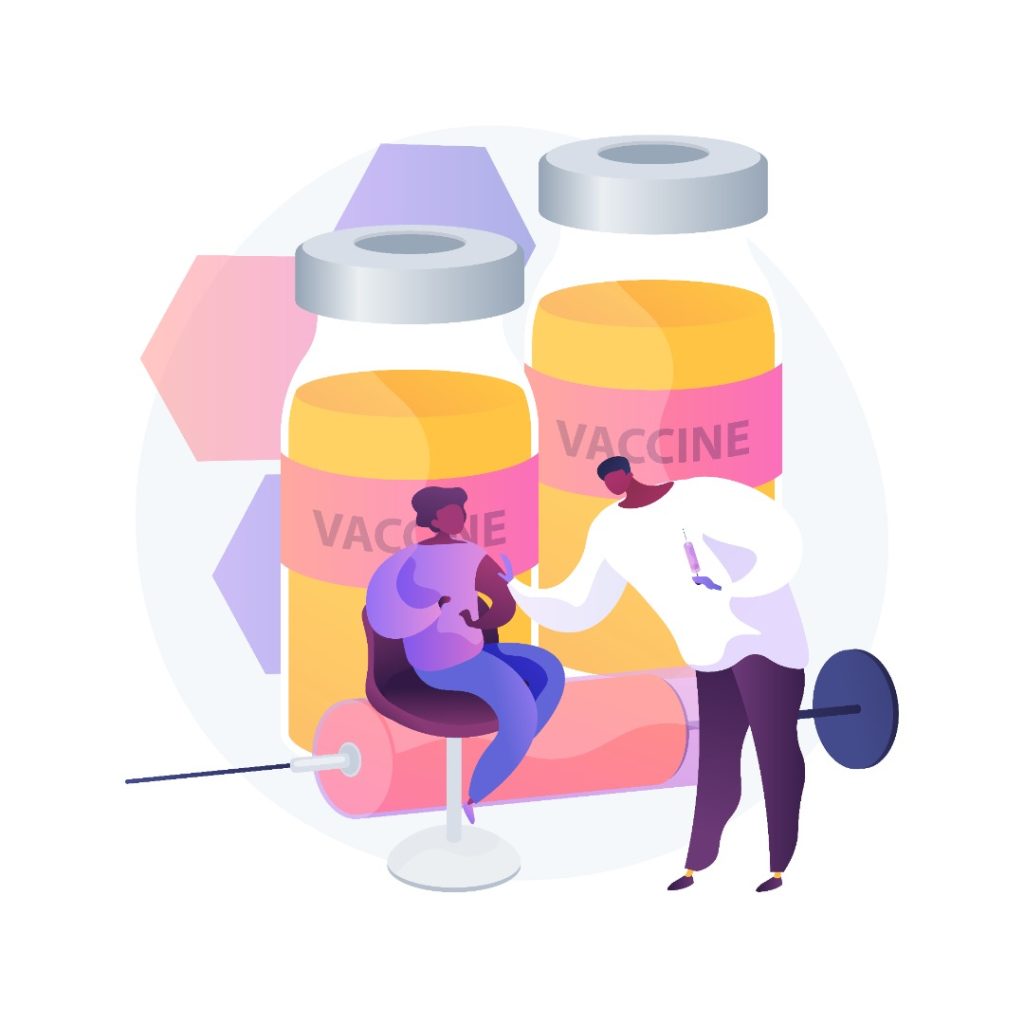Poliomyelitis more commonly known as polio is caused by the polio virus. Polio can spread from person to person, and is known to infect the spinal cord, which causes paralysis.
History
The first major documented polio outbreak in the United States happened in June 1894, where 18 people died and 132 paralyzed. Back then, we didn’t know that polio could be spread from person to person. It wasn’t until 1905 that Swedish scientist; Ivar Wickman, published two important finds about polio;
1) The disease is infectious
2) Some infected persons don’t get a severe form of the disease.
Finally, in 1908, two (2) scientists in Vienna; Karl Landsteiner and Erwin Popper conducted experiments to find that an infectious particle smaller than a bacterium caused the disease. They concluded that polio was caused by a virus. Though we didn’t have the technology to actually see the virus until the 1950s when the electron microscope became available.
Even though scientists knew the disease was caused by a virus, and spread between people, we didn’t yet have an effective treatment or prevention method. In 1916, a polio epidemic cropped up in New York city that killed over 2,000 people within the city and about 6,000 people across the country, and left thousands more paralyzed. A large problem is that; not only can the polio virus cause paralysis of an arm or leg, but it can also paralyze the diaphragm and muscles required for breathing. That is why by 1929, the development of an artificial respirator for patients suffering from paralytic polio was welcomed news. The artificial respirator device later became known as an Iron Lung, which is basically a sealed tube-like structure that a patient’s entire body is enclosed in, except for their head. The machine uses pressure to force air into the lungs and then force air back out, effectively breathing for the patient.
Types
Jumping forward a bit, we now know that poliomyelitis is caused by three serial types of polio virus;
- Poliovirus 1 (PV1)
- Poliovirus 2 (PV2)
- Poliovirus 3 (PV3)
The three serotypes are just different enough that immunity to one serotype typically doesn’t provide immunity for other serotypes.
As far as transmission goes, it turns out that polio viruses can only infect humans. Polio viruses are quite stable under natural conditions, and have been found in places like swimming pools. They typically enter the body through the mouth via the fecal-oral route, infect the throat and intestinal tract, and then move on to invade the blood stream.
Today we know that over 70% of people infected with polio virus will not have a single visible symptom. About a quarter of people might have flu-like symptoms that last only a few days, but for the most part, the immune system can conquer the infection and achieve complete recovery.

Symptoms
For those people that do show serious symptoms, they might experience:
Parasthesia (feelings of pins and needles in the legs)
Meningitis (inflammation of the membrane surrounding the brain/spinal cord)
Paralysis (the most severe symptom)
In some cases, muscle pain, weakness, or paralysis can come back anywhere between 15 to 40 years after infection, which is called, post-polio syndrome.
Polio viruses are endemic in areas with crowd and poor sanitation, in these places; newborns typically have antibody protection from their mothers for the first few months of life and are likely to be exposed to the polio virus at a young age. They might develop a mild illness, but because of their mother’s antibodies, the virus is blocked from spreading to the motor neurons and they develop lifelong immunity.
In countries with good sanitation however, polio virus immunity is less common, so a polio virus outbreak can have devastating effect.
Treatment
For polio virus infections, the main types of treatment involve supportive care which include; rest, fluids, pain-medications, and in some cases, an iron lung.
There are 2 types of vaccines that can prevent polio;
The first is an Inactivated Poliovirus Vaccine (IPV) which is given as an injection in the leg or arm.
The second is an Oral Poliovirus Vaccine (OPV)


